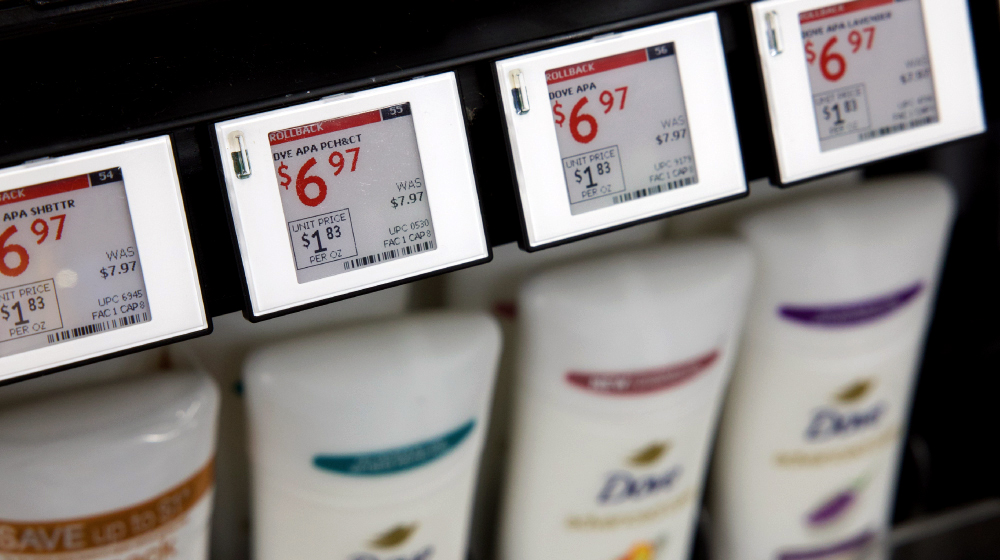At Store 266 in Grapevine, Texas, Walmart has begun testing a groundbreaking technology aimed at transforming the shopping experience. The adoption of digital price tags or digital shelf labels (DSLs) is set to expand to 2,300 stores by 2026. This move is part of a broader strategy to enhance efficiency and improve customer interactions. However, this shift has raised concerns among shoppers about potential price fluctuations due to the new digital pricing system.
Enhancing Customer Experience with Clear Pricing
Walmart’s introduction of DSLs aims to simplify the pricing process and enhance the overall shopping experience. Traditionally, stores would manually update paper price tags—a time-consuming and labor-intensive process. Now, with over 120,000 products on the shelves, Walmart can manage thousands of weekly pricing updates for new items, Rollbacks, and markdowns more efficiently.
The new system developed by Vusion Group allows price updates directly at the shelf using a mobile app, drastically reducing the physical effort required and allowing employees to focus more on customer service.
ALSO READ. When does Inside Out 2 come to Disney plus? What we know

Operational Efficiency and Sustainability
The daily routines of Walmart associates have been significantly transformed by the introduction of DSLs. The technology not only boosts productivity but also integrates sustainability into daily operations.
For instance, a price change that once took two days can now be updated in minutes. Features like “Stock to Light” and “Pick to Light” further streamline tasks such as stock replenishment and order picking, which not only speeds up the process but also reduces operational waste, aligning with Walmart’s sustainability goals.
Customer Concerns and Price Stability
Despite the benefits, the implementation of digital price tags has sparked concerns among customers regarding potential surge pricing—where prices could increase dynamically based on demand or other factors.
Customers worry that the ease of changing prices digitally could lead to frequent price fluctuations, impacting their shopping budget. Walmart has addressed these concerns by emphasizing that the primary goal of DSLs is to improve efficiency and accuracy, not to frequently adjust prices for profit.
Strategic Adaptations in a Changing Economy
The shift to digital shelf labels is also reflective of broader economic strategies where companies must adapt to increased labor costs. Faced with higher wages, companies like Walmart have three options: absorb the costs, lay off workers, or innovate to improve productivity.
Walmart’s choice to innovate not only helps manage costs but also potentially increases revenue and profits without burdening the consumer.
This technology represents a significant shift in retail operations, promising a better future for both customers and employees. As with any change, open communication and clear policies will be crucial in addressing customer concerns and ensuring the digital transition benefits all parties involved.










